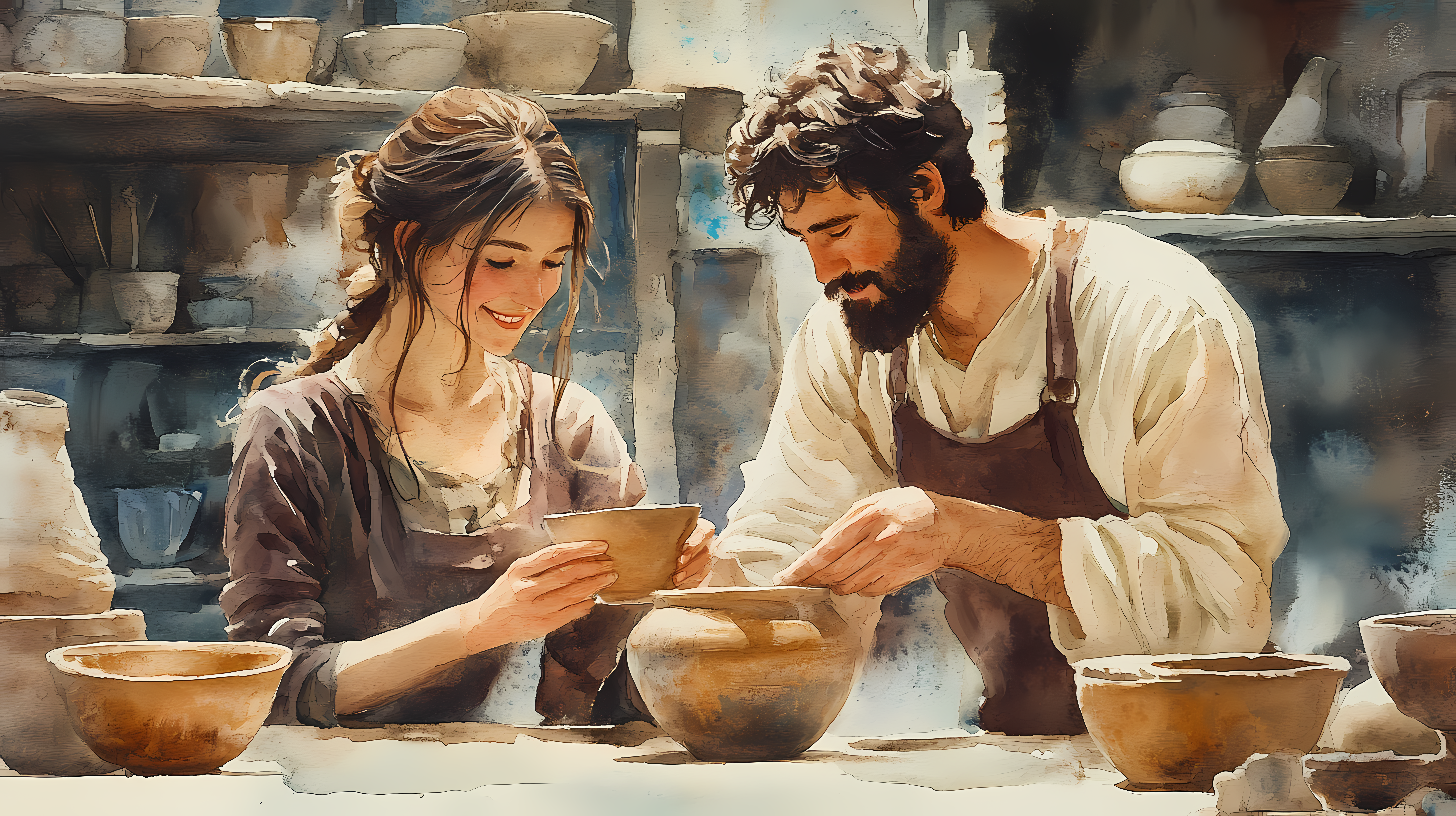Getting to Know Ancient Art: What It Is and What It Means
Enter a world where creativity meets history. Ancient art invites you to explore a rich tapestry of human expression that dates back thousands of years. This fascinating area includes more than just artifacts. It tells the story of ancient cultures, beliefs, and innovations. Each work is a window into another era, revealing the thoughts and feelings of the people who created them. Join us on this journey to discover the importance and beauty of ancient . In ancient , every brushstroke reflects history, reminding us of our shared heritage and inspiring future generations.
Explore the History of Ancient Art.
The history of ancient art is a fascinating journey through time. It covers many different cultures, each with its own style and meaning. From the intricate carvings of Mesopotamia to the vibrant frescoes of Mesoamerica, each piece tells a story.
These works of art were often associated with rituals and everyday life. It was an expression of spirituality, strength, and social identity. Many civilizations used art to record events and honor their gods.
In addition, trade routes facilitated the exchange of technology and materials between regions. This interaction has enriched artistic practice around the world.
Exploring these historical layers reveals much about the evolution of human creativity. Ancient art reflects the values and beliefs of a society while demonstrating an innate desire for self-expression that transcends time itself. Each artifact is a testament to our shared heritage and inspires us to think more deeply about its origins and meaning today.
Techniques and Materials Used in Ancient Art.
Ancient art displays a variety of techniques and materials that reveal the creativity of past civilizations. Artists used techniques such as frescoes, mosaics, and bas-reliefs to express their visions.
Natural dyes were necessary. These colors were derived from minerals, plants, and even insects. For example, ochre produces rich earthy tones, while indigo produces a vibrant blue.
Clay is another basic material. It was used not only for pottery, but also for sculpture. Ancient craftsmen used simple tools, such as knives made of stone and bone, to create strikingly complex statues.
Textiles also played an important role. The weaving technique created intricate patterns on fabrics dyed with natural materials such as madder and walnut root.
Metalworking includes work with bronze and gold, and craftsmanship is demonstrated through jewelry and ceremonial objects. Each piece tells the story of its time through the choice of materials and techniques used by generations of craftsmen.
Influential Artists and Their Influence on Ancient Art
Throughout history, many artists have shaped the world of ancient art. Their creativity and vision greatly influenced future generations.
Take, for example, the mysterious statue of Phidias. His mastery of sculpture elevated Greek art to new heights. The carvings on the Parthenon display unprecedented craftsmanship and remain impressive even today.
In Egypt, artisans like Tuthmosis created lifelike statues that captured both form and spirit. These objects were not just ornaments, but served as conduits of communication with the divine.
Meanwhile, Chinese artists like Zhang Daqian used innovative methods to combine ink and color. This fusion enriched their cultural narrative and influenced neighboring societies.
Each artist offered a unique perspective that pushed boundaries. Their legacy lives on in museum exhibitions and private collections around the world, reminding us of humanity’s ongoing quest to express itself through ancient .
The evolution of ancient art to modern times.
The journey from ancient art to modernity demonstrates a fascinating evolution. Ancient techniques and motifs influence contemporary artists, creating a vibrant dialogue between past and present.
Contemporary authors often draw inspiration from historical works and reinterpret them in a new context. This fusion breathes new life into an age-old tradition while maintaining its essence.
Technological advances also play an important role. Today’s tools allow artists to experiment with materials that were previously unavailable or difficult to work with. Digital platforms allow a wider audience to experience ancient and generate new interests and appreciations.
Exhibitions increasingly showcase this interaction and show how ancient concepts influence modern aesthetics. This evolution is more than just an artistic trend, it is a timeless testament to creativity, a bridge that connects generations through a shared heritage and innovative expression.
Read also: Shringuri: A Journey Through History and Culture.
How to Appreciate and Collect Ancient Art
Appreciating and collecting ancient art requires passion and knowledge. First, let’s delve into the stories behind each piece. Understand its cultural significance and historical background.
Visiting museums and galleries deepens your appreciation. Interact with experts, attend lectures, and participate in workshops on ancient . This will give you a better understanding of the different techniques used by the masters throughout the centuries.
Authenticity is key when considering a collection. Check the source to ensure you are getting an authentic piece. Talking to reputable dealers and auction houses can go a long way in locating quality artifacts.
Don’t ignore the need for repairs. Maintaining the integrity of a piece of art is extremely important. Learn how to properly care for these treasures to preserve them for future generations.
Share your collection! Coming together to discuss each piece will help create a community of peers who share a love of ancient .
Bottom Line: Why Ancient Art Continues to Fascinate and Inspire Us
There are many reasons why ancient art fascinates us. It serves as a bridge between modern viewers and the past, offering a glimpse into long-gone civilizations. The stories told in these works of art reflect the eternal human experience.
The art of ancient cultures embodies creativity and innovation. Each piece is full of meaning and often relates to beliefs, rituals, and everyday life. This richness invites interpretation and sparks curiosity about the lives and thoughts of our ancestors.
The techniques used to create ancient demonstrate a deep understanding of materials and aesthetics. From intricate pieces of pottery to stunning sculptures carved in stone, each piece displays a unique set of skills honed by artists over generations.
Furthermore, the influence of legendary artists continues to inspire modern creators. Their legacy reminds us that artistic expression knows no boundaries, evolving yet rooted in tradition.
Collecting ancient art is becoming increasingly popular among art enthusiasts who appreciate its historical significance and aesthetic value. These treasures are more than just relics. They have stories waiting to be discovered by those who want to connect with them.
For those interested in history and creativity, the study of ancient offers endless fascination. Whether you are visiting a museum or studying works at home, there is always something new to discover in this timeless world of art.









